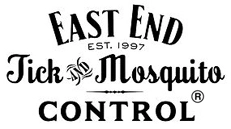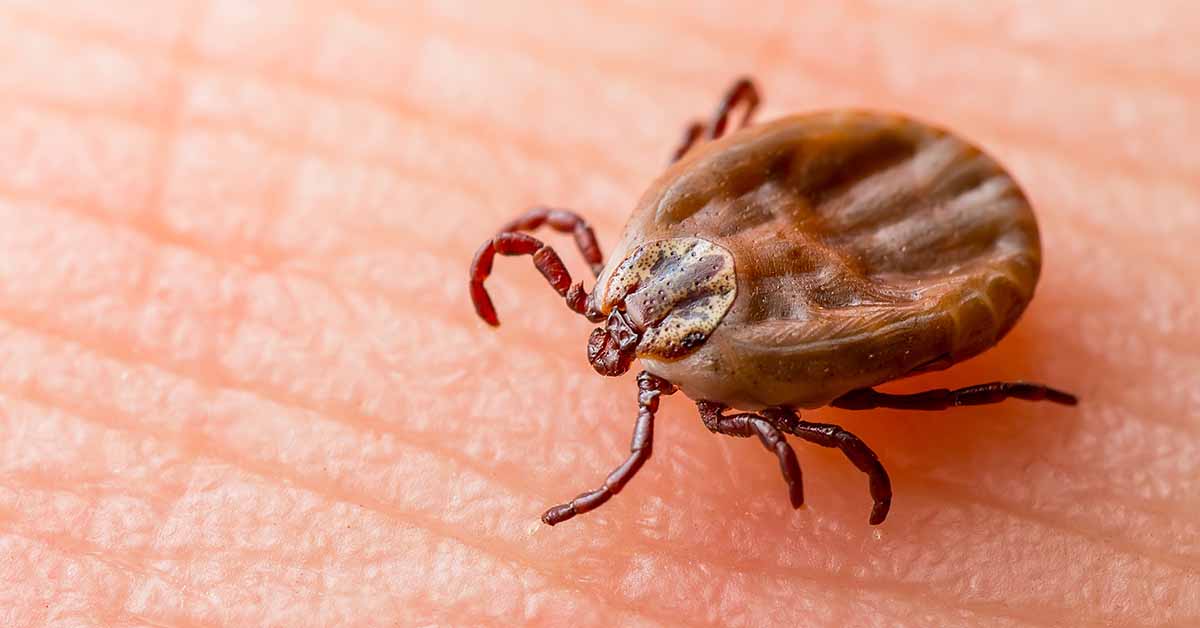One of the best ways to avoid tick encounters and minimize the likelihood of contracting a tick-borne illness is to understand their life cycle. If you are bitten by a tick, knowing where it’s at in its development will help you determine your risk of disease and the course of action you need to take.
How Long Is a Tick’s Life Cycle?
A tick’s life cycle usually lasts two to three years. Some survive longer, but many die when they fail to find a host to feed. The four stages of a tick’s life are egg, larva, nymph, and adult. To reach the next stage, ticks must feed on a mammal, bird, reptile, or amphibian host, commonly referred to as a “blood meal.” Ticks on Long Island’s East End are three-host species and often, but not always, find a different host during each of their feeding stages.
The Four Stages of Tick Life
- Tick Eggs
In autumn, female ticks lay their eggs on the ground in protected grassy areas. By springtime, the eggs will hatch, and tick larvae will emerge, ready to find hosts. Before hatching, the eggs pose little risk to humans or animals.
- Tick Larvae
Larval ticks are tiny, pale in color, and have six legs, whereas nymph and adult ticks have eight legs and are darker. They can attach themselves to humans and animals, and will begin to feed on a host, generally a small mammal like a mouse, rat, or squirrel. This is most common in spring and summer. It is relatively unlikely tick larvae will carry disease-causing pathogens, but they can cause skin irritation and allergic reactions, mainly if they attack a potential host in large groups.
- Nymph Ticks
In late summer or early autumn, engorged larvae drop from their first host and molt, entering the nymph stage of development. They spend the winter as nymphs and seek out their second host in the spring, usually another rodent, or a rabbit or hare. They may feed on humans and larger animals as well. Ticks in the nymph stage can transmit diseases to livestock, wildlife, pets, or people. They are virtually undetectable at less than two millimeters in size and often carry pathogens from their previous host.
- Adult Ticks
When a tick nymph finishes feeding on its second host, it will drop and molt, becoming an adult, usually in late summer or early fall, and will spend the winter in this stage. The following spring, the adult tick will attach to a third host, usually a larger mammal, such as a cow, a dog, or a human, and become a potential source of infection for them. Adult ticks feed on the third host and then mate during the summer. In the fall, the female will drop off to lay her eggs, and the cycle begins anew.
How Long Can Ticks Live Without a Host?
There are three types of ticks commonly found throughout Long Island: Deer (or Black-Legged) Ticks, Lone Star Ticks, and American Dog Ticks. All three ticks go through the same life stages, but the duration of time they can live without a host varies.
Deer Tick larvae typically live less than a year if they do not find a host, but unfed Deer Tick nymphs may survive two more seasons without a meal. Adult Deer Ticks can live for nearly a year without a blood meal.
Lone Star Ticks also may survive long stretches without a blood meal. Their larvae can go without a host for more than nine months; nymphs for almost 16 months, and adults for just over 14 months.
American Dog Ticks can go even longer without feeding on a host: larvae can live for 18 months; nymphs for almost 20 months, and adults for up to two years.
Call East End Tick & Mosquito Control® for Year-Round Tick Prevention
Yes, tick encounters tend to be seasonal, and risk depends on a tick’s life cycle stage, but there’s rarely a time when the risk is zero. Protect yourself, your pets, and your yard from these dangerous pests by requesting a free estimate or call our Southampton office at (631) 287-9700, our East Hampton office at (631) 324-9700, or our Southold office at (631) 765-9700.


